Washington State University researchers have developed a novel way to deliver drugs and therapies into cells at the nanoscale without causing toxic effects that have stymied other such efforts.
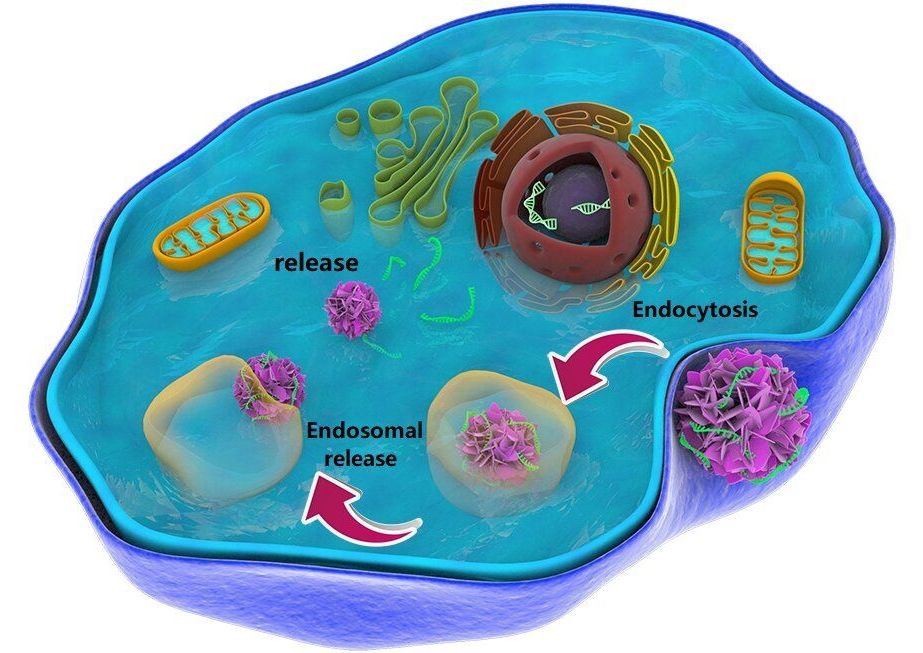

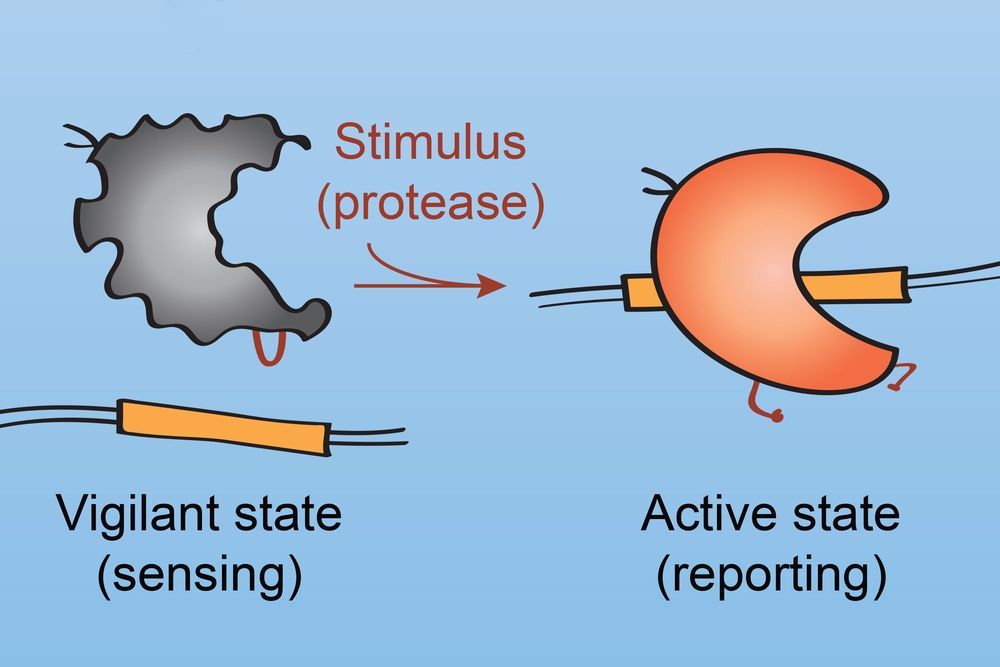
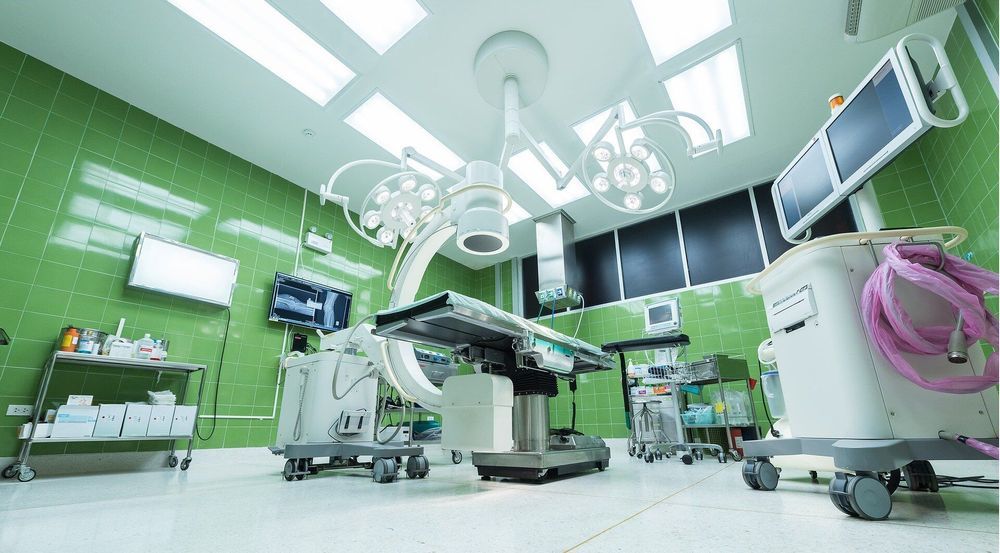
Spotless surfaces in hospitals can hide bacteria that rarely cause problems for healthy people but pose a serious threat to people with weakened immune systems. Acinetobacter baumannii causes life-threatening lung and bloodstream infections in hospitalized people. Such infections are among the most difficult to treat because these bacteria have evolved to withstand most antibiotics.
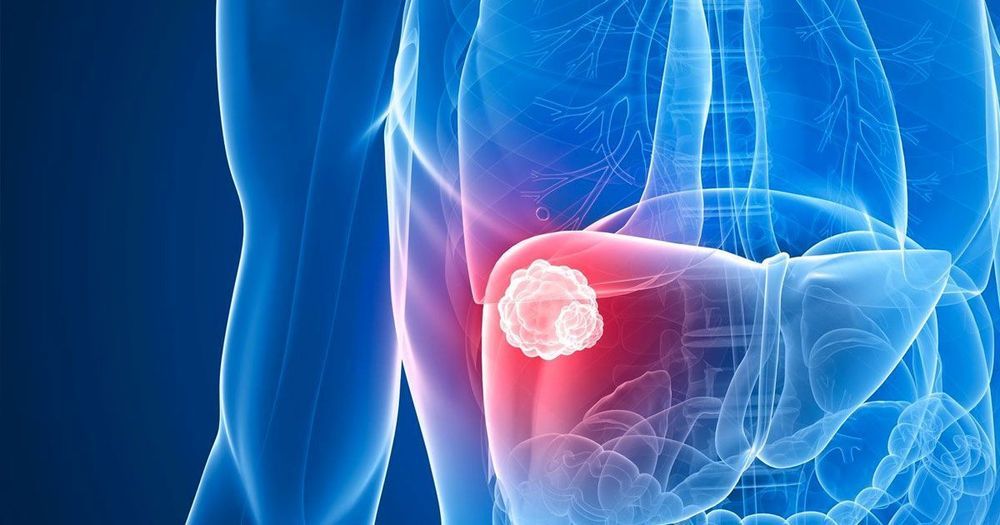
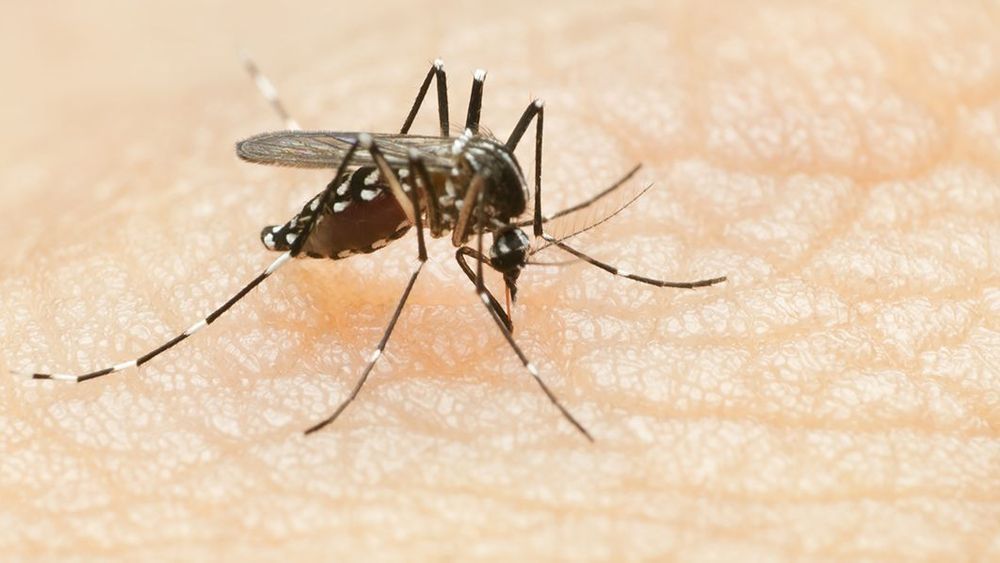
Mosquitoes are some of the deadliest creatures on Earth. Now, scientists have taken a major step toward developing a “mosquito birth control” drug that can help prevent diseases responsible for several million human deaths annually around the world.
Researchers at the University of Arizona (UA) discovered a protein in mosquitoes that is critical to the insects’ process of producing viable eggs. When researchers selectively blocked the activity of the protein in female mosquitoes, the mosquitoes laid eggs with defective egg shells, leading to the death of the embryos inside.
In a report published in the open access journal PLoS Biology on Tuesday, the researchers said the protein — which they named Eggshell Organizing Factor 1, or EOF-1 — exists only in mosquitoes, so any drug developed to control mosquito populations would not affect other organisms, such as beneficial honey bees.
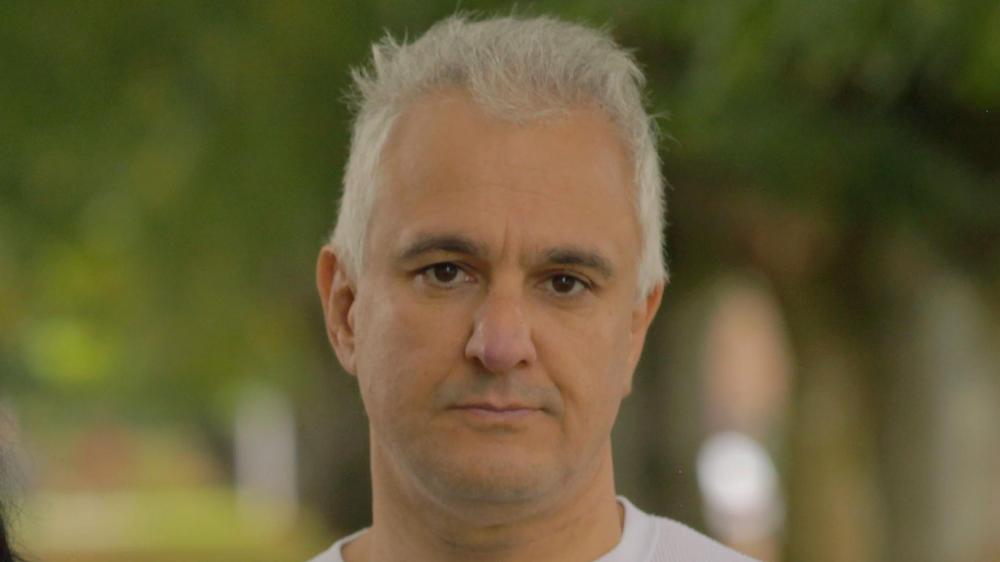
The leading academics Richard Dawkins and Steven Pinker have defended a hoaxer who sought to expose politically correct “nonsense” in social sciences.
Peter Boghossian, an assistant professor of philosophy, faces losing his job at Portland State University in Oregon after he helped create spoof academic papers. These lampooned scholarship in various fields, including the studies of gender, homosexuality and obesity.
He and two collaborators dashed off 20 papers, each deliberately ridiculous and spiked with what the authors later described as “a little bit of lunacy”. Seven were accepted by peer-reviewed journals. One, titled “Our Struggle is My Struggle: Solidarity feminism as an intersectional reply to neoliberal and choice feminism”, was a rewrite of chapter 12 of Hitler’s Mein Kampf with feminist “buzzwords switched in”.
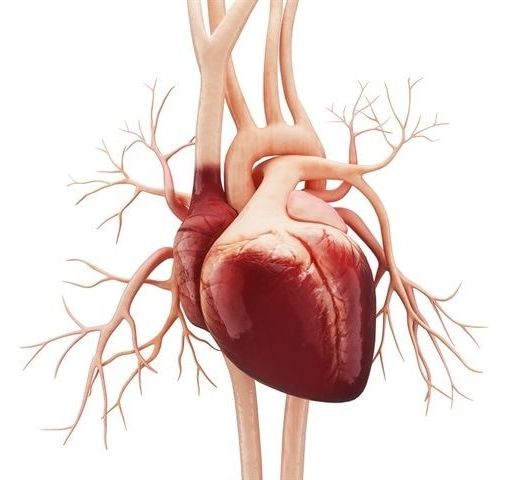
Research suggests that a gene that governs the body’s biological (circadian) clock acts differently in males versus females and may protect females from heart disease. The study is the first to analyze circadian blood pressure rhythms in female mice. The research, published ahead of print in the American Journal of Physiology—Regulatory, Integrative and Comparative Physiology, was chosen as an APSselect article for January.
The body’s circadian clock—the biological clock that organizes bodily activities over a 24-hour period— contributes to normal variations in blood pressure and heart function over the course of the day. In most healthy humans, blood pressure dips at night. People who do not experience this temporary drop, called “non-dippers,” are more likely to develop heart disease. The circadian clock is made up of four main proteins (encoded by “clock genes”) that regulate close to half of all genes in the body, including those important for blood pressure regulation.
These results suggest that the lack of PER1 acts differently in males and females. The findings are consistent with research showing that premenopausal women are less likely to be non-dippers than men of the same age. “This study represents an important step in understanding sex differences in the regulation of cardiovascular function by the circadian clock,” the researchers wrote.

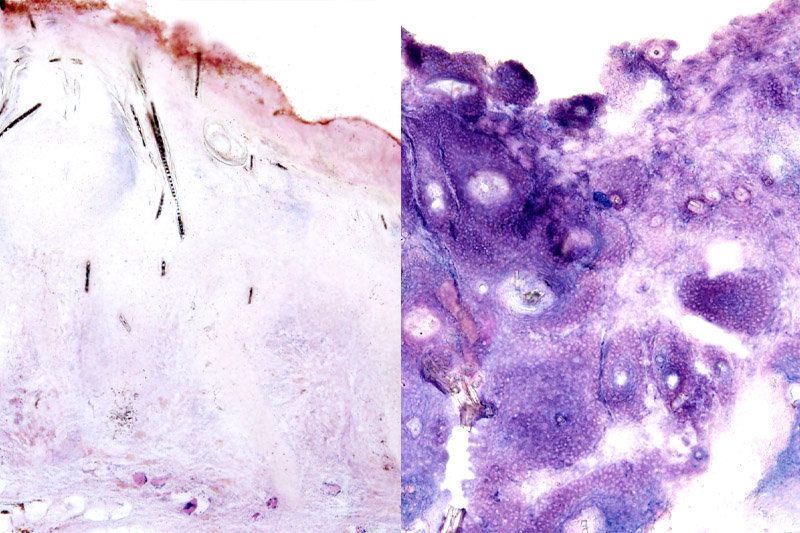
Scientists at the Eli and Edythe Broad Center of Regenerative Medicine and Stem Cell Research at UCLA have discovered that squamous cell skin cancers do not require increased glucose to power their development and growth, contrary to a long-held belief about cancer metabolism.
The findings could bring about a better understanding of many cancers’ metabolic needs and lead to the development of more effective therapies for squamous cell skin cancer and other forms of epithelial cancer.
The research, led by senior authors Heather Christofk and Bill Lowry, was published in the journal Nature Communications.

A total of 73 previously unrecorded varieties of apples and pears believed to be unique to Wales have been discovered by researchers.
About 200 trees were DNA-tested in the two-year project to find, catalogue and preserve new varieties.
Some have been propagated and are now being grown in 13 community orchards around Wales.